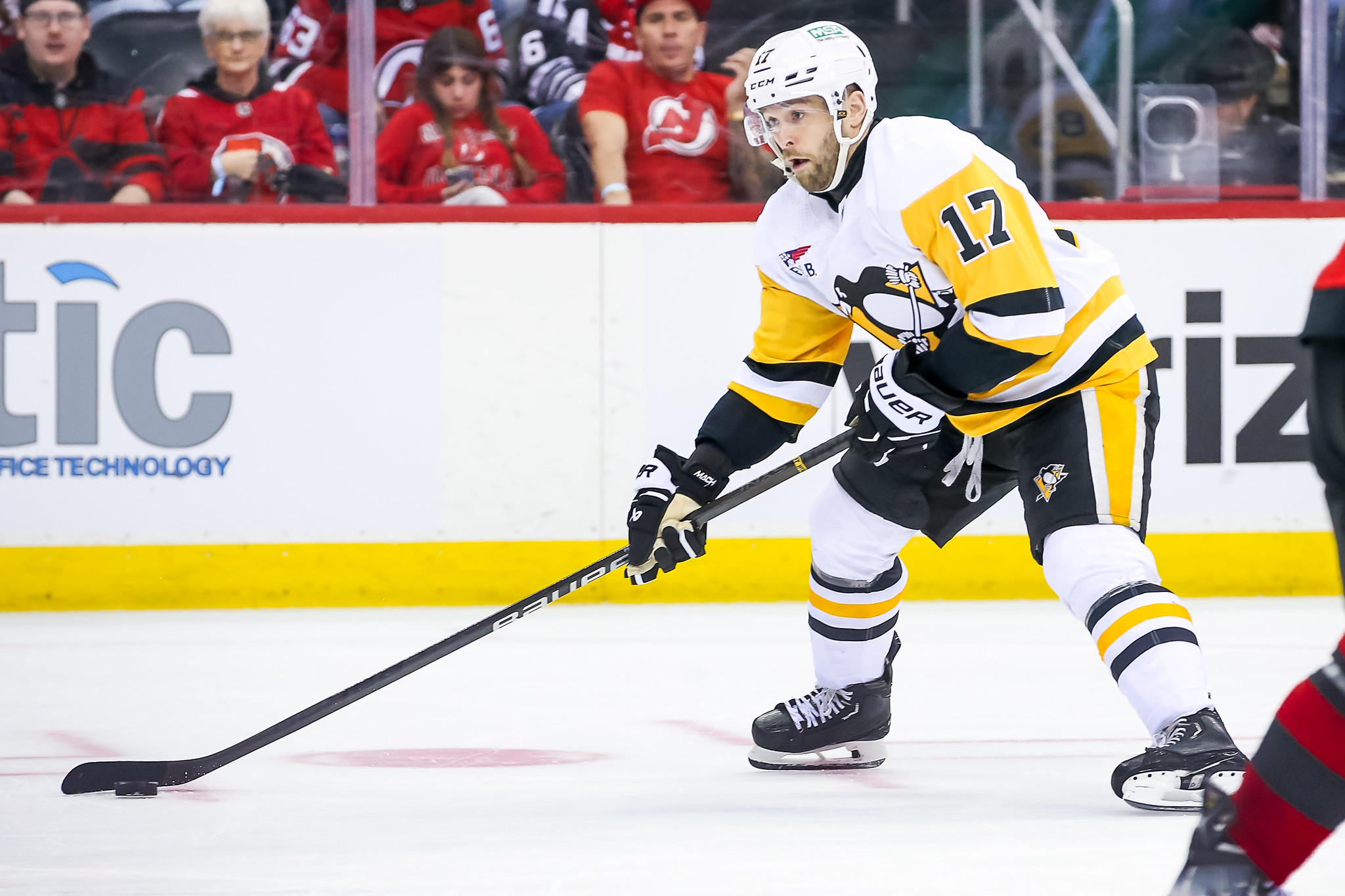

With August underway, the NHL's trade market is showing signs of potentially re-igniting after a relatively quiet offseason. Several factors are contributing to this possibility, including teams with significant cap space, players seeking new environments, and organizations undergoing strategic shifts.
One of the primary drivers for potential trades is the amount of cap space available to teams. With the salary cap ceiling rising to $95.5 million this summer, a significant jump from previous years, many teams find themselves with considerable financial flexibility. As of today, 16 NHL organizations have $5 million or more in cap space, creating opportunities to add impactful players via trade.
Several players have also emerged as potential trade candidates. Erik Karlsson of the Pittsburgh Penguins is a central figure in trade discussions as the team shifts toward a rebuild. Karlsson, however, has made it clear that he only wants to be traded to a Stanley Cup contender, limiting potential destinations to teams like the Dallas Stars, Detroit Red Wings, and Carolina Hurricanes. The Penguins are aiming to trade Karlsson before the 2025-26 season begins.
In Vancouver, the Canucks' trade of Dakota Joshua could be the precursor to a larger move. With the Canucks reportedly eyeing a second-line center, the team may be positioning itself to make a more impactful trade. San Jose Sharks defenseman Mario Ferraro is also reportedly open to a trade, with the Sharks having added three new defensemen.
Other players who could be on the move include Nazem Kadri, Yegor Chinakhov, and Bowen Byram. Pavel Zacha of the Boston Bruins has been a consistent name in the rumor mill. Victor Olofsson is still an unrestricted free agent, and could be a target for teams looking to add scoring depth.
Several teams are rumored to be looking to make moves to improve their rosters. The Toronto Maple Leafs are not ready to call it an offseason, and the Buffalo Sabres are on the hunt for more scoring help. The San Jose Sharks need to reach the salary cap floor.
It is worth noting that some potential trades may be complicated by contract situations or disagreements between teams and players. For example, the Minnesota Wild and Marco Rossi are reportedly far apart on contract discussions, which could lead to a trade if they cannot find common ground.
Despite a relatively uneventful free agency period, the NHL trade market could see increased activity in August. With teams possessing ample cap space, players seeking new opportunities, and organizations aiming to retool, the conditions are ripe for potential deals. While a blockbuster trade like the Matthew Tkachuk/Jonathan Huberdeau deal from a couple of years ago is unlikely, fans should anticipate some notable player movement before training camps begin.